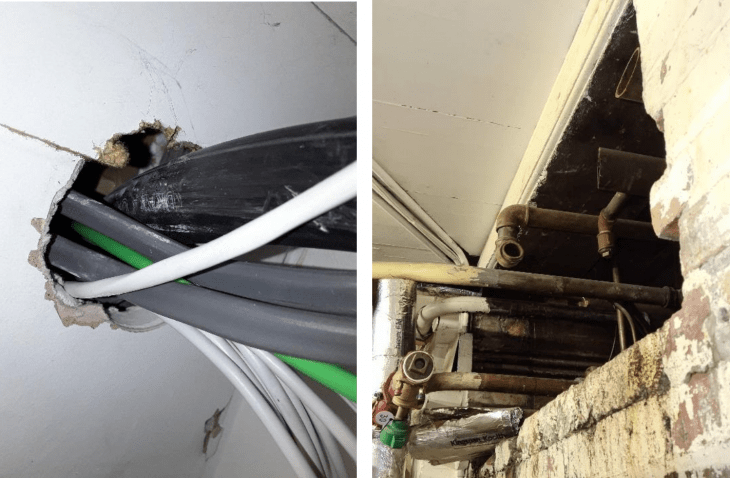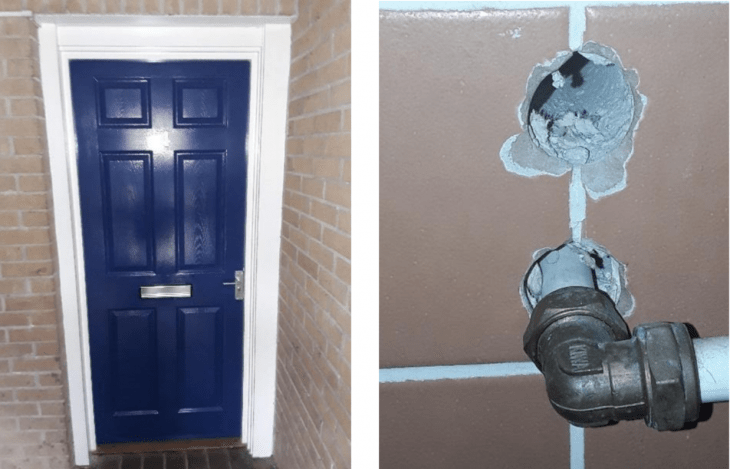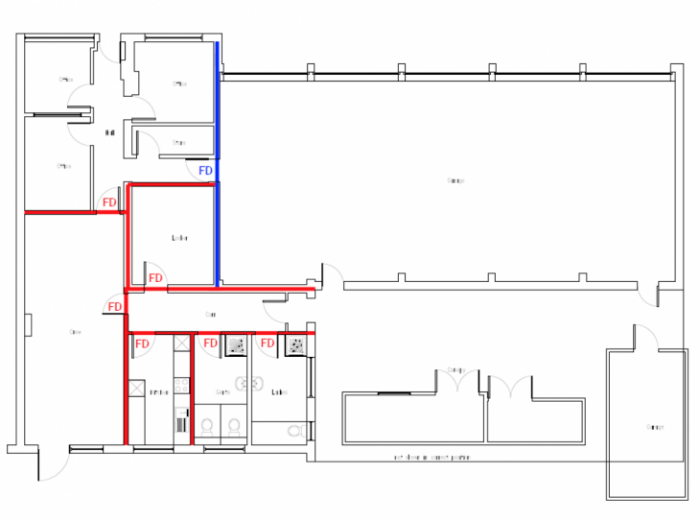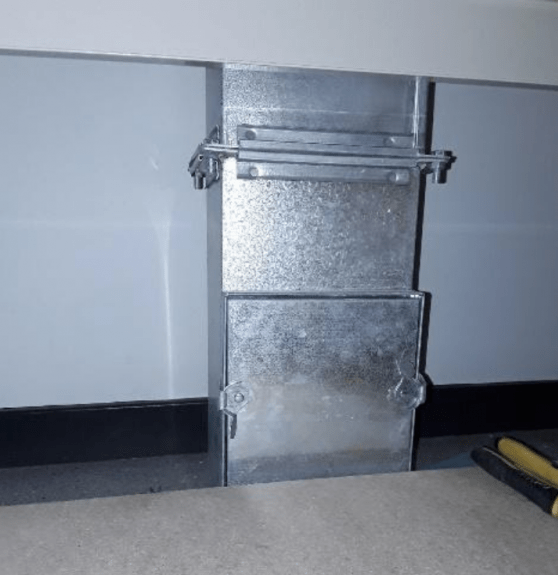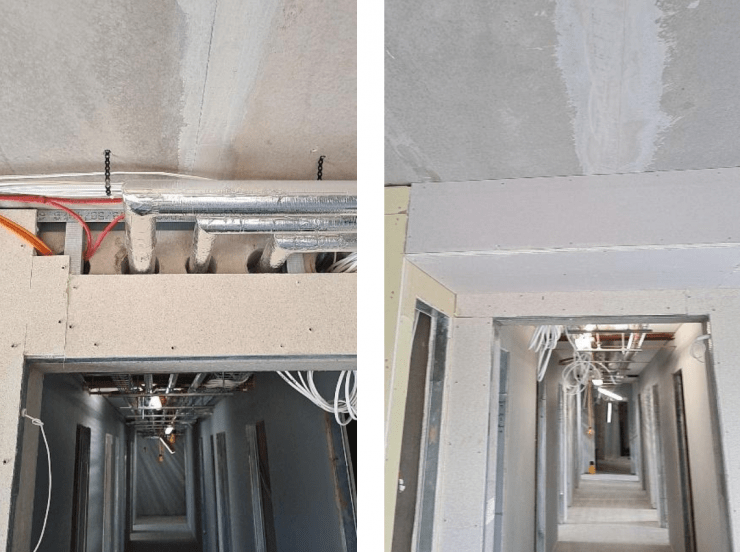Passive Fire
Passive fire is an important aspect of fire safety in buildings. In simple terms, passive fire protection is the systems in place within a building’s structure that aim to stop and contain the spread of fire from one area of a building to another. This includes fire-resistant walls, doors, floors and ceilings. Fire Resistance is achieved by sealing any penetrations or breaches in the compartmentation, using tested fire resisting materials such as intumescent sealant, fire batt, fire collars or cavity barriers.
Passive fire protection systems must be in kept in good condition for them to do their job – saving lives and saving the building from destruction. The smallest flaw, or incorrect installation, or incorrect fire stopping materials in a compartment wall between two areas can cause a fire to spread. Do you know if your passive fire protection is up to the mark?

